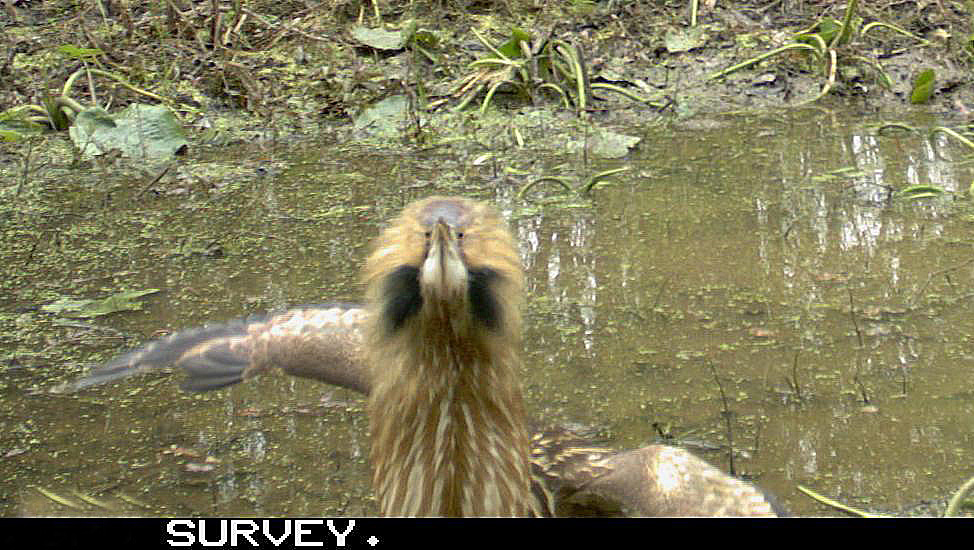Many individuals possess unique fascinations, and for me, that fascination is trail cameras. My journey with these devices began when they first emerged on the market. As a field biologist with our county park district, I initiated a three-year project proposal that utilized trail cameras to survey the various parks within the district. The aim was to document the diverse species of fauna inhabiting different habitats. At the inception of my research, trail cameras were still in their early stages, characterized by basic functionality and occasional glitches. By the time my survey concluded and my report was finalized, I had acquired a comprehensive understanding of trail cameras. However, as technology has progressed rapidly, I find myself hesitant to delve into the intricacies of their functions. For those who have yet to explore this remarkable technology, I aim to present a straightforward overview that highlights the appeal of trail cameras without overwhelming complexity.
Trail cameras are utilized across a spectrum of sectors, including law enforcement, hunting, and scientific research. However, my focus in this column is primarily on the “hobbyist” category, which encompasses those of us intrigued by the wildlife that traverses our properties when we are not present.
For enthusiasts, trail cameras represent one of the most exciting inventions available today. They provide a unique opportunity to observe wildlife in their natural habitats, often in ways we would not otherwise witness. While animals may detect the camera’s internal mechanisms, they frequently remain undisturbed, allowing us to capture their behaviors in a state of calm—a privilege that would be lost if they sensed our presence and fled.
Choosing the Right Trail Camera
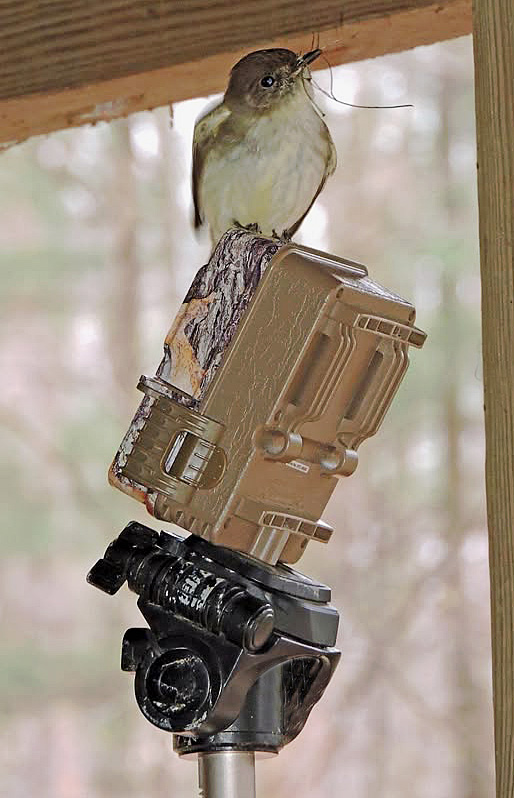
With a plethora of models available on the market today, selecting the right trail camera requires careful consideration. The first aspect to evaluate is your budget, as prices can range dramatically from approximately $25 to $1,000. By establishing a budget, you can streamline your options from the outset.
Numerous manufacturers produce trail cameras, including well-known brands such as Bushnell, Browning, Moultrie, and Reconyx. It may be beneficial to stick with a brand you trust, especially if you have previous experience with their products. Before making a purchase, I always consult user reviews. Rather than focusing solely on high ratings, I prioritize negative feedback to understand potential issues, helping inform my decision based on real-world user experiences.
Once you have established a budget and preferred brand, it is essential to examine the various features offered by the cameras and determine which functionalities will best meet your needs. While each model boasts numerous capabilities, certain features warrant particular attention before making a final decision.
Every trail camera is equipped with a detection circuit that captures the heat or movement of nearby animals. The detection range refers to the area from which images will be captured, while trigger speed indicates the duration between the detection of movement and the camera taking the first photograph. Recovery time is the interval required for the camera to store the captured image and reset for the next shot.
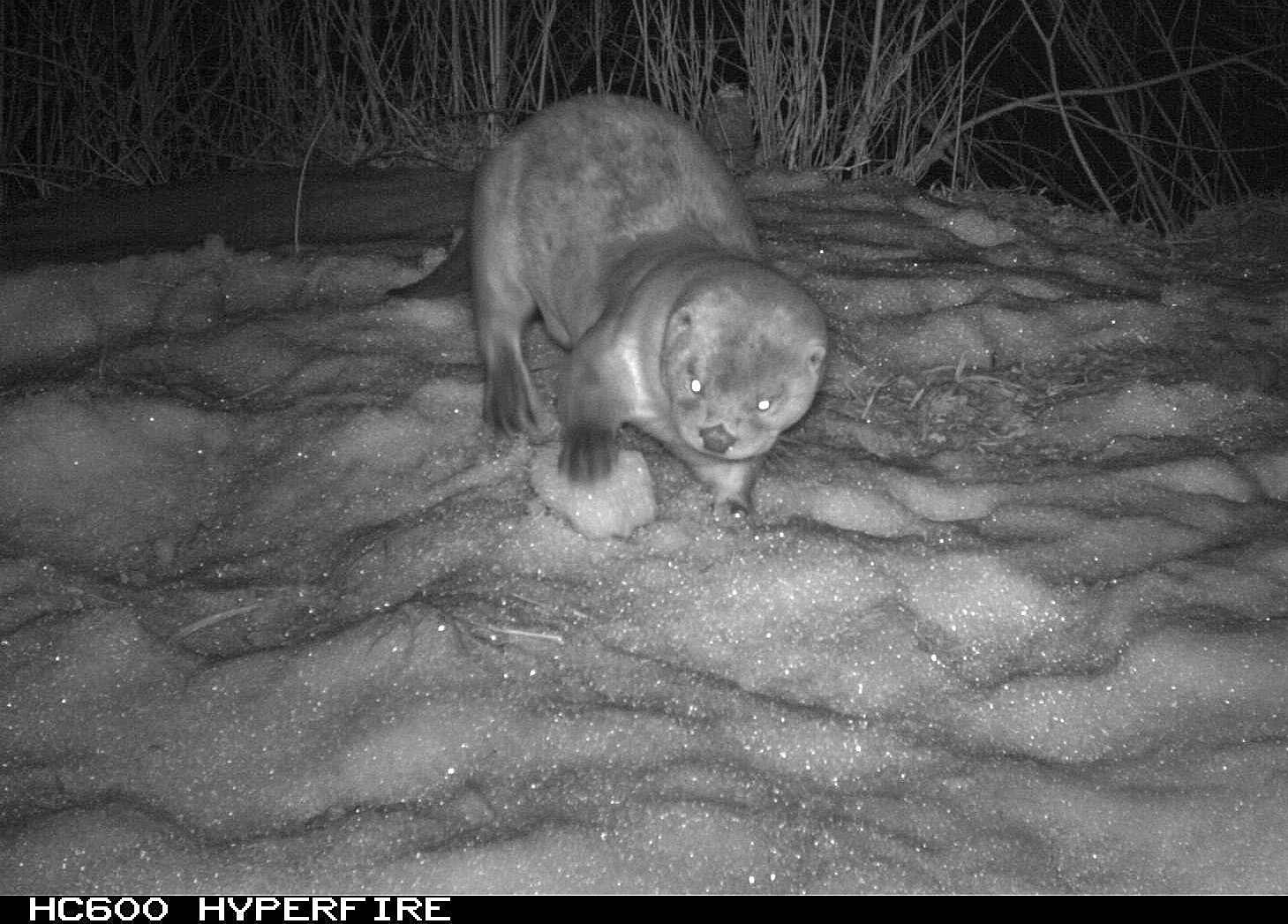
Trail cameras typically offer two flash options: incandescent and infrared. Incandescent flash provides superior image quality and color in nighttime footage, but it is also visible to animals, which can cause them to startle. Infrared flashes, in contrast, can be found in low (red) glow or no glow varieties, making them less intrusive and more suitable for capturing wildlife activities.
The number of megapixels directly affects image quality, while you should also consider whether you prefer video functionality or still images. Battery type is another factor to weigh, with options including NiMH rechargeable and lithium batteries, as well as solar panel capabilities. Some cameras even include a screen for immediate image viewing, and high-tech models can connect to cellular networks, enabling real-time image transmission to your mobile device. These features represent just a fraction of what modern trail cameras can offer, serving as a primer for your exploration into this exciting technology.
Optimal Camera Placement
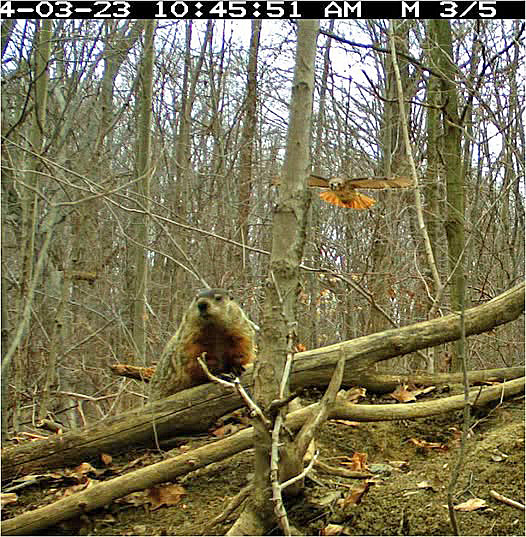
After acquiring your new trail camera, selecting an optimal placement location is crucial. While it is true that you may capture activity from almost any position, choosing specific areas can enhance your chances of quick results. Look for wildlife trails, such as deer paths or manmade trails in parks, as animals tend to follow the path of least resistance. Other productive locations include burrows, hollow trees, water sources, and natural corridors like ravines or stream edges. Setting up a camera near bird feeders or baths can also yield captivating footage.
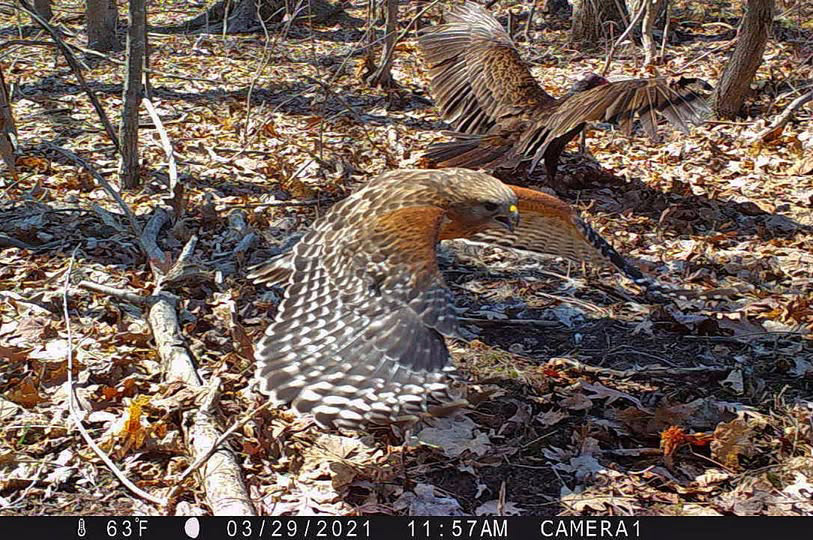
Trail cameras are equipped with straps for attachment to trees or posts and can also be mounted on tripods for versatile placement options.
My enthusiasm for trail cameras leads me to purchase at least one new unit annually, resulting in a considerable collection. I routinely deploy multiple cameras while keeping some reserved for unexpected opportunities that arise.
It is important to note that cameras do eventually wear out and can sometimes meet unexpected fates, such as being swept away in a rising stream—a mishap I have personally experienced.
Each time I check a camera and replace its SD card, I feel a sense of anticipation akin to that of Christmas morning. The thrill of discovering what images have been captured is a delightful surprise, akin to unwrapping a gift. Over the years, I have amassed thousands of images and videos from my cameras. I must caution you, however, that once you venture into the realm of trail cameras and uncover the remarkable wildlife behaviors they reveal, there is no turning back. I cannot be held responsible for any new obsessions that may ensue—consider yourself forewarned!
Video Highlights
For a glimpse into some of my favorite video captures over the years, I invite you to visit my YouTube page at https://youtu.be/Yc1qKIQSsVw. I assure you that the experience will be rewarding.
